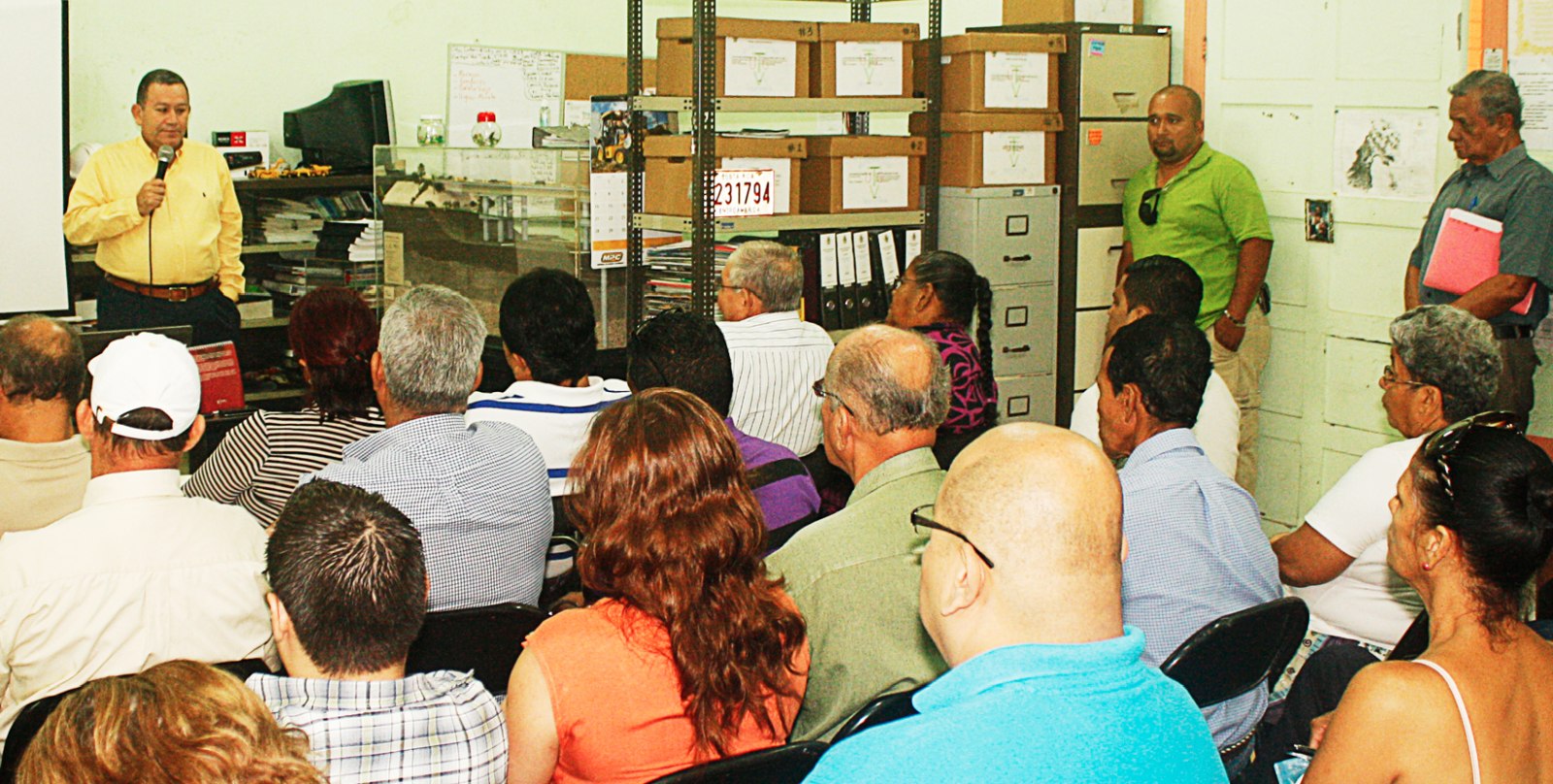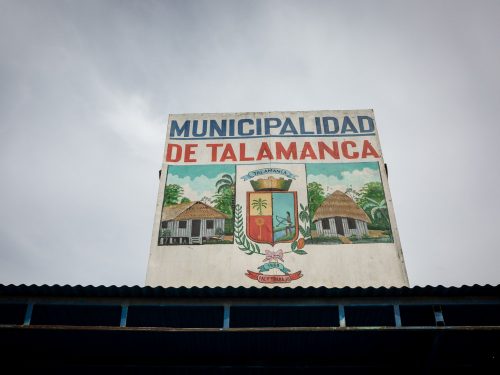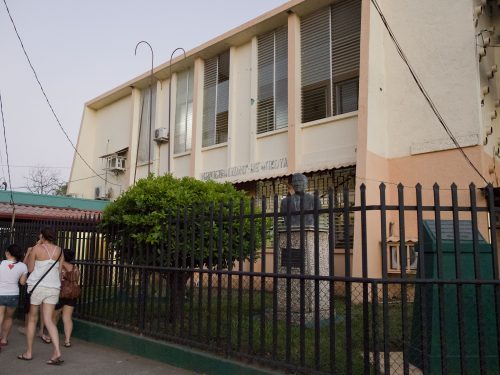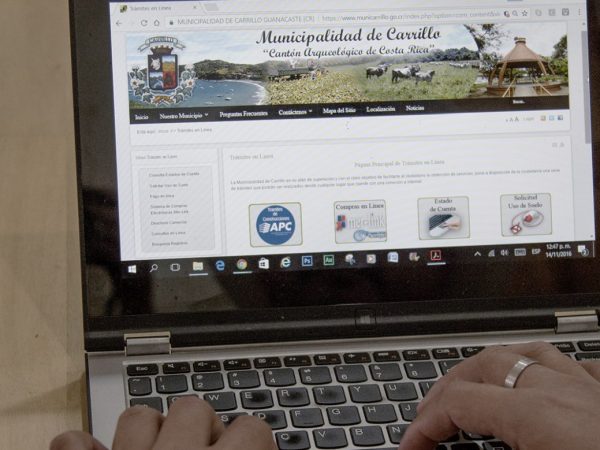
The moment for accountability arrived at the Municipality of Nicoya, with reports given by officials on their respective departments. The overall report left a sour taste, because although good things were accomplished, improvement is still needed in a number of areas.
On March 14, the majority of municipal officials gave reports one by one on projects completed during 2013 to attendees at the office of the Technical Road Management Unit (UTGV –Unidad Técnica de Gestión Vial).
It was precisely that department that was given the lowest rating, according to the accountability document, as it only had a 24% execution total for the canton’s roads.
Among the most efficient municipal areas in 2013 were the general administration, with 93.22%, general direction and administration with a 90.3% rating, and administration of municipal investments with 88.89%, according to analyses done by the municipality that compared income to execution.
In the category of ordinary income, revenue received through property taxes totaled ¢847,273,642 ($1.69 million), cement taxes ¢166,945,970 ($334,000), construction taxes ¢87,077,396 ($174,000), municipal permits ¢258,706,866 ($517,000) and trash collection ¢195,317,596 ($391,000). These amounts formed only a part of the municipality’s income for 2013.
Franklin Sequiera, an administrative official, reported that the municipality collected ¢4,605,876,630.44 ($9.21 million) in 2013, which represents 86.7% of the amount projected.
Marco Jimenez, the municipal mayor, requested more participation from the members of the municipal council and encouraged them to propose projects that will improve the quality of life of Nicoyans.
“I feel that the municipal council has been absent, with some notable exceptions, and it can be seen in municipal minutes– the council spends time approving liquor licenses but hasn’t had even one initiative to improve the municipal government. When one part is lacking, it is difficult for the administration to support and sustain the institutional process. But okay, that’s part of what we’ll have to resolve in the future,” Jimenez said.
However, there are other departments that came up short with regard to the expenditure of funds. The UTGV only spent a bit more than half of their total budget for 2013, or ¢467,260,984.64 ($935,000). Of that amount, only 24% was spent on the canton’s roads and the rest on salaries, operating and administrative costs.
On the subject of that unit’s problems, Jimenez mentioned that their actions have already been evaluated and measures to correct the situation have been taken. “Effectively there is a lack of execution of resources, but in addition there is a lack of management,” he said.
Jimenez mentioned that since the beginning of March, Julio Lopez has been suspended from his role as the department’s engineer. Currently, the engineer Laura Ramos is holding that position.
“There is a series of factors that determine the management of this administrative unit, and it seems to us that the ratings given by the General Comptroller of the Republic in recent years regarding budget execution, regarding the management [of the UTGV] shows us that it is necessary to do an analysis and study of what is happening there,” explained the mayor. He added, “We are going to see if engineer Laura Ramos is able to move projects forward as much as possible.”
Reduce Late Payments and Evasion for More Resources
One of the biggest challenges facing the Nicoya mayor’s office for 2014 is reducing municipal tax evasion, since in 2013 ¢1,678 million ($3.36 million) went uncollected, which was ¢400 million ($800,000) more than in 2012.
With regard to that, Sequeira explained that one of the areas for improvement is to maintain an up-to-date database of taxpayers. “There are properties that aren’t assessed using their real value or aren’t up to date. Also, there are pending charges for taxpayers who are no longer in the canton.”
He explained that to be able to assess true property values, they need more personnel and resources that the municipality has not processed. “The main problem that municipalities have – and we are not the exception – is the lack of greater resources,” commented Sequiera. “In order to invest, the municipality has to have money.”







Comments